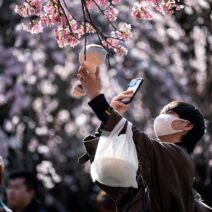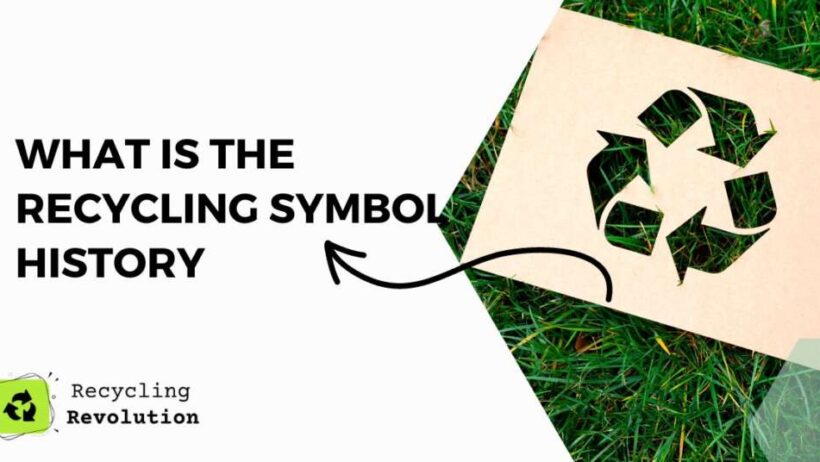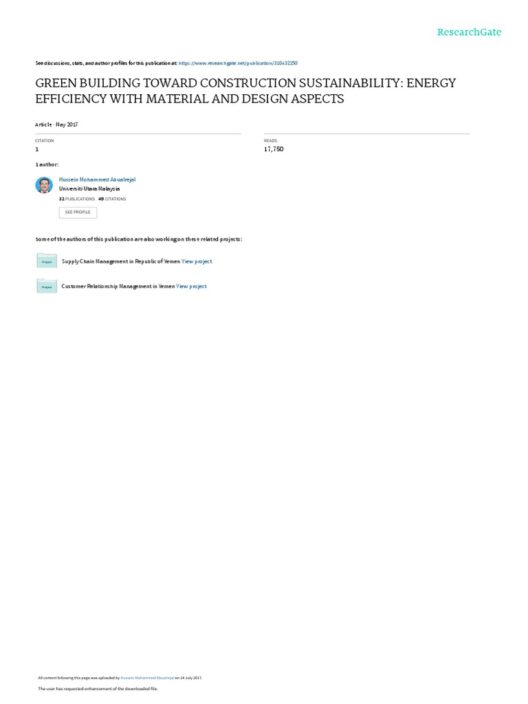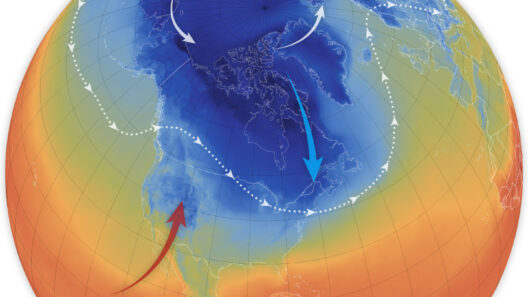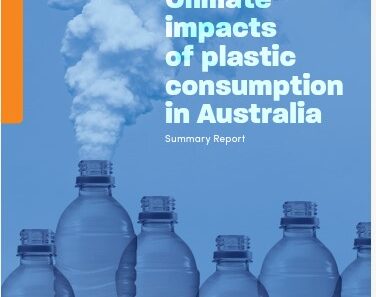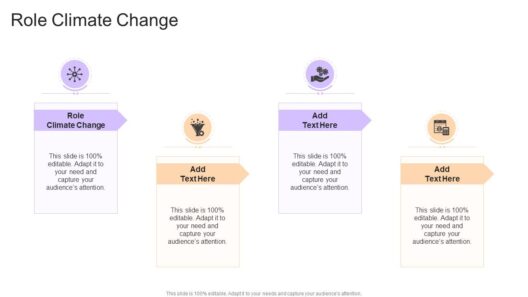Indonesia, an archipelago adorned with thousands of islands and a rich tapestry of biodiversity, stands at a critical juncture in its environmental narrative. The nation is akin to a towering banyan tree, its roots reaching deep into cultural heritage while its branches extend towards the sustainable future that beckons. As the effects of climate change become increasingly palpable, Indonesia’s efforts towards a recycling revolution emerge as a beacon of hope and a testimony to the resilience of its people.
The islands of Indonesia, frequented by tourists and environmentalists alike, are often visualized through the lens of their breathtaking landscapes and vibrant cultures. Yet, beneath this picturesque façade lies a pressing environmental challenge. Indonesia produces copious amounts of waste, much of which finds its way into the oceans, threatening marine life and coastal communities. However, just as a seed transforms into a mighty tree, the nation is nurturing initiatives that promise to revitalize its ecological balance.
This recycling revolution is not merely a response to environmental degradation; it embodies a profound metamorphosis in societal values and economic practices. This transformation invites citizens to reconsider waste from the realm of disposable to the domain of valuable resource. As the proverb goes, “One man’s trash is another man’s treasure,” and in this context, Indonesia is learning to unearth the latent potential buried within its waste streams.
Grassroots movements have emerged, akin to wildflowers blooming in barren fields, symbolizing the collective urge to combat the pervasive issue of waste. Community-driven programs, such as the Waste Bank initiative, have proliferated across various regions. These innovative establishments allow communities to deposit their recyclable materials in exchange for monetary rewards, turning waste into currency and instilling a sense of environmental stewardship. Just as the humble bamboo grows rapidly and resiliently, these initiatives emphasize sustainable practices while fostering economic opportunities for local residents.
Moreover, the Indonesian government has begun to implement national policies aimed at bolstering recycling efforts. In 2020, the government inaugurated the “National Waste Management Strategy,” positioning recycling at the forefront of its environmental policies. This initiative echoes the wisdom of the great rivers that flow through the archipelago—the need for a sustainable water management system. By treating waste management as an interconnected system, the government seeks to harmonize the intricate balance between development and environmental preservation.
The educational sector plays a pivotal role in this revolution, threading knowledge like a fine silk into the fabric of society. Schools across the nation are adopting curricula that emphasize environmental consciousness and waste management. Children are being taught from a young age the importance of recycling, akin to nurturing a sapling until it grows strong enough to weather the storms of adulthood. They are encouraged to participate in local clean-up drives and recycling competitions, transforming them into stewards of the environment who will carry these lessons into the future.
However, the path to a truly sustainable future is fraught with obstacles. Infrastructure for waste collection and recycling remains underdeveloped, particularly in rural and remote areas. The metaphorical road may be paved with good intentions, but without physical support and investment, these aspirations risk being swept away like sand in the tide. To surmount these challenges, public and private sectors must join forces, forging partnerships that drive innovation and investment in sustainable practices.
Technology too can act as a catalyst for change. The emergence of smart waste management solutions, such as mobile applications that facilitate waste sorting and recycling, exemplifies the intersection of technology and environmental sustainability. The digital age provides an array of tools that can enhance efficiency and engage citizens in the recycling process. These platforms function like guiding stars, illuminating the path towards a more organized and effective waste management system.
Another profound aspect of Indonesia’s recycling revolution is the potential for circular economy models. By embracing circularity, Indonesia can minimize waste and ensure that resources are continuously reused and replenished. Imagine a world where products are designed with their end-of-life in mind, where the cycle of consumption evolves into a symphony of sustainability. From businesses crafting biodegradable packaging to innovative startups developing upcycling methodologies, Indonesia is slowly inching towards a model of consumption that respects the finite nature of resources.
The unique interplay of tradition and modernity can be found in Indonesia’s recycling initiatives. Balinese craftsmen, for instance, have started utilizing discarded plastic materials to create artisanal products, merging age-old craftsmanship with contemporary environmental consciousness. This delightful confluence not only preserves cultural heritage but also tackles a pressing issue—plastic pollution—in an innovative and aesthetic manner. This duality mirrors the diverse ecosystem of Indonesia, where ancient practices thrive in tandem with progressive ideas.
As Indonesia embarks on this transformative journey, the eyes of the world are upon it. The recycling revolution serves as an exemplar for emerging economies, proving that sustainable practices can be inculcated without sacrificing growth. In the broader context of climate change, every small step taken by Indonesia reverberates beyond its shores, contributing to a global movement towards sustainability.
In conclusion, Indonesia’s recycling revolution is not just a practical approach to waste management; it represents an ideological shift towards a greener, more sustainable future. Each initiative, policy, and community effort acts as a brushstroke in a larger canvas, painting a future where nature and humanity coexist harmoniously. Just as the resilient coconut tree endures through storms, Indonesia’s commitment to this path ensures that it will emerge stronger, equipped to face the challenges of climate change head-on. The journey may be long, but with collective effort, a greener Indonesia is not merely a dream—it is on the horizon, waiting to unfold.

